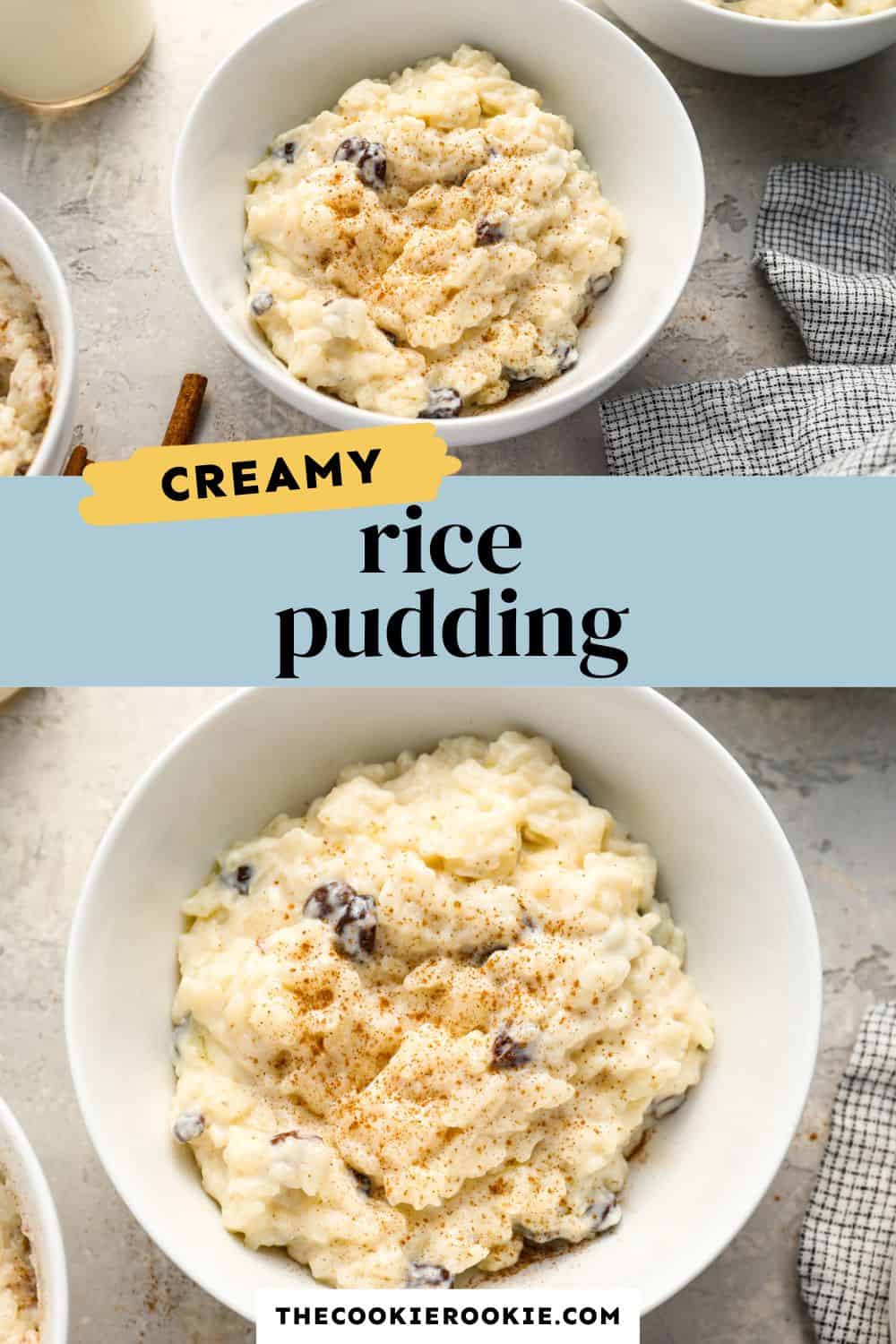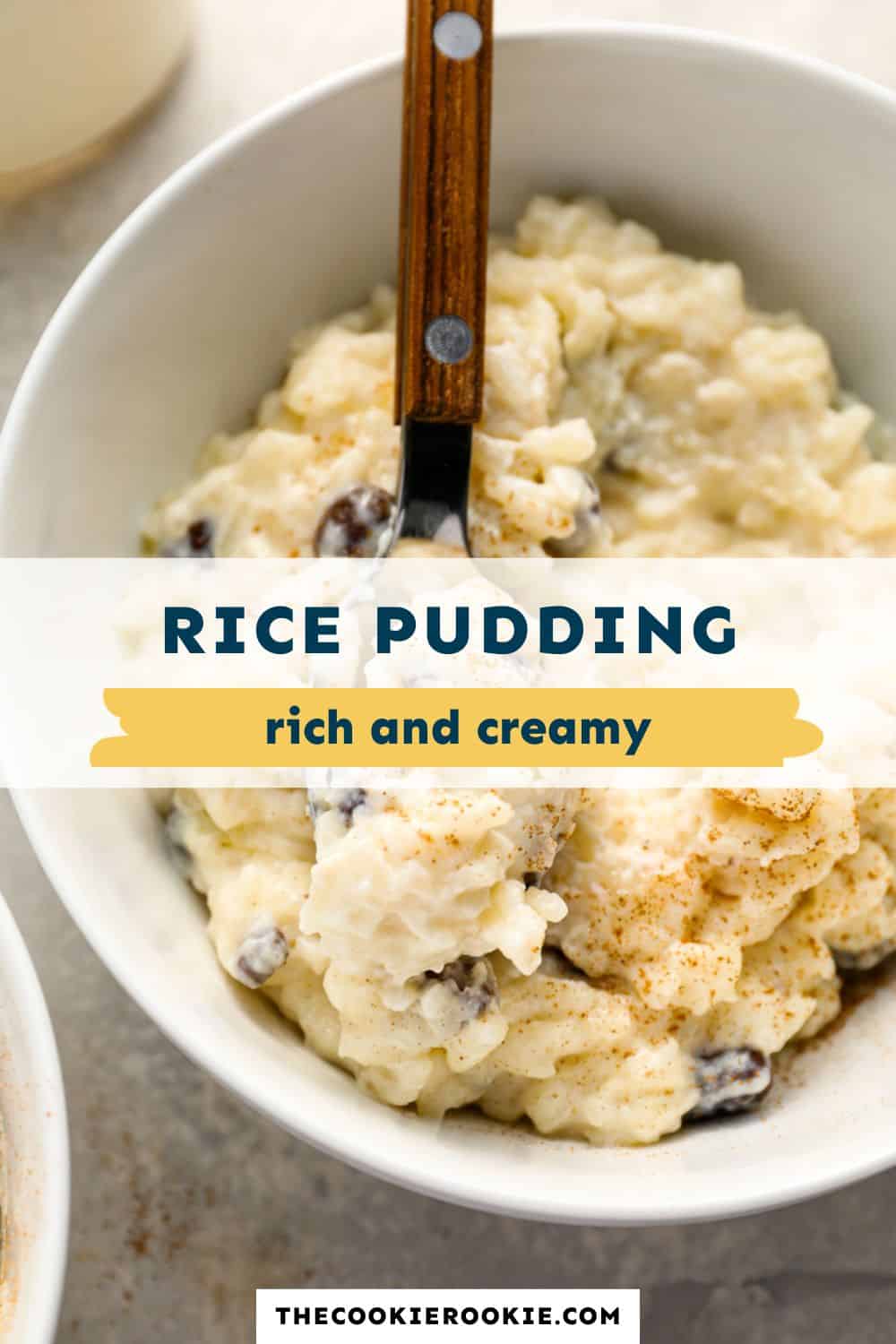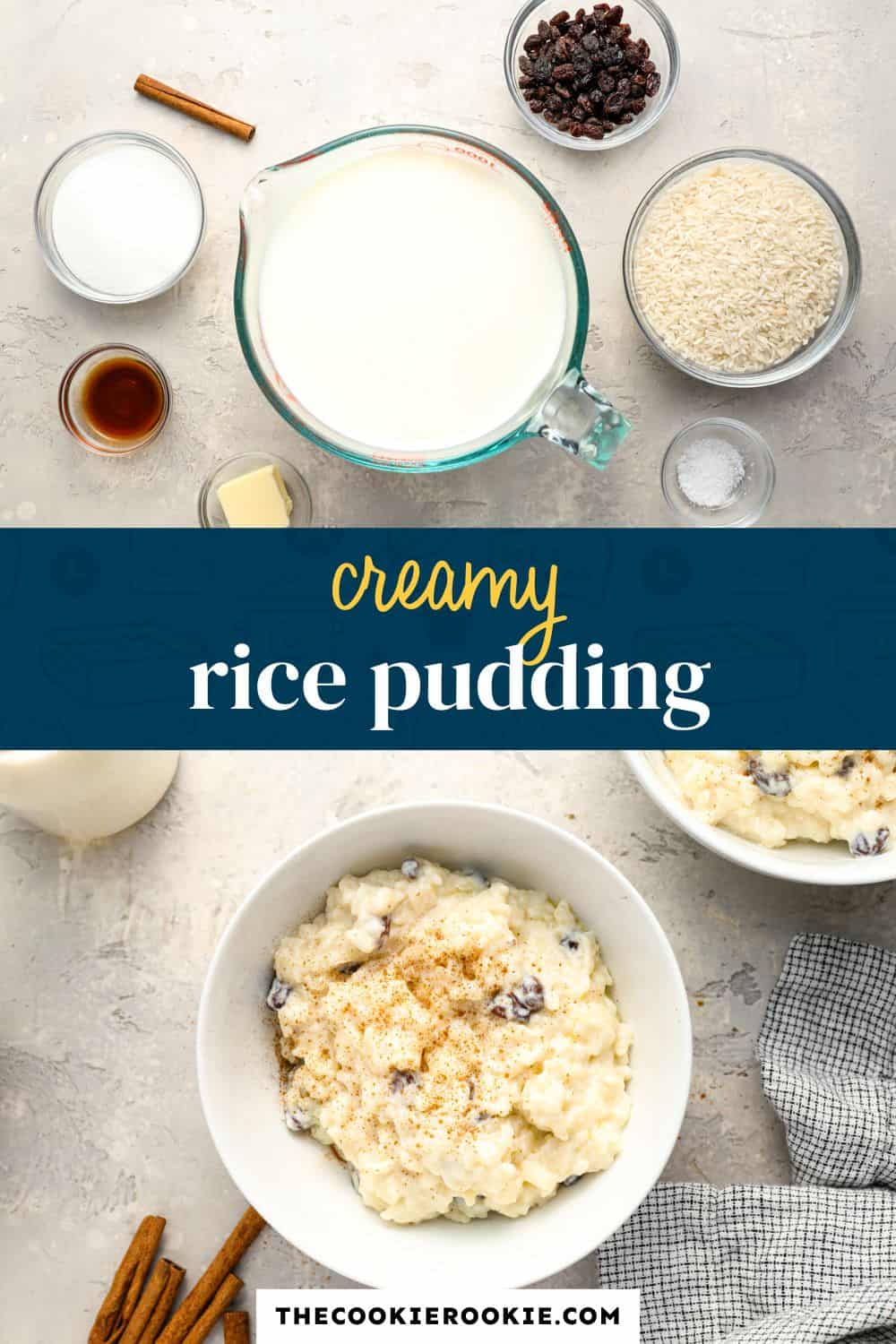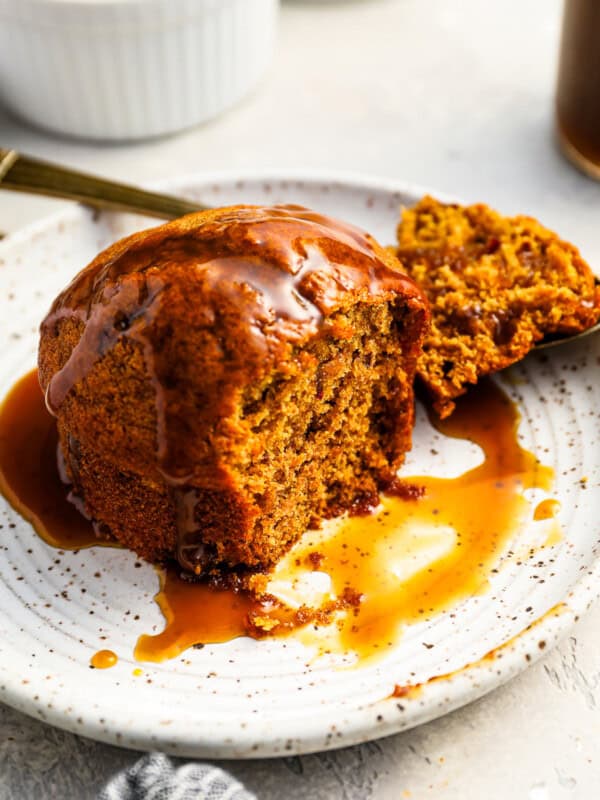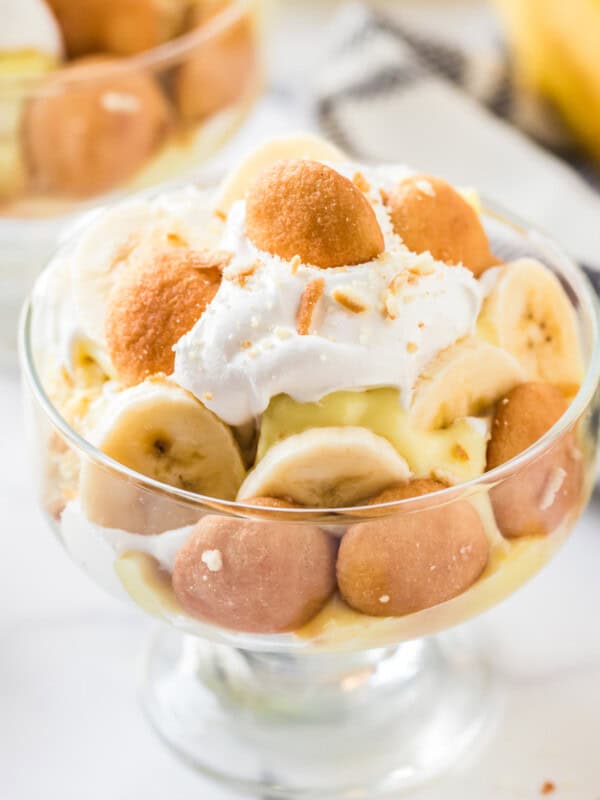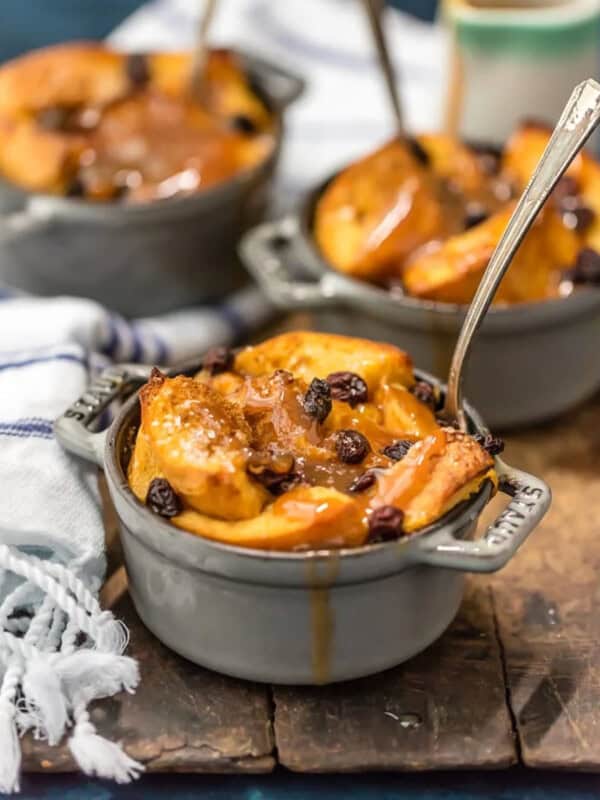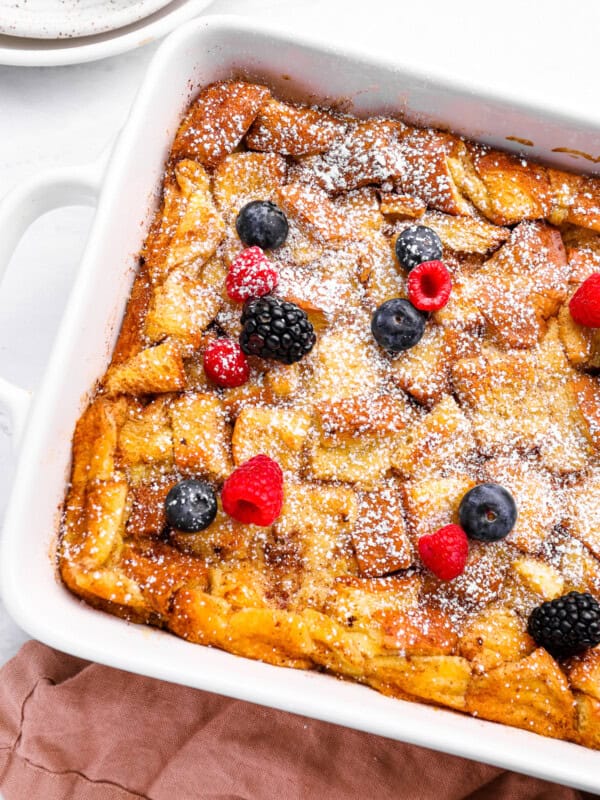Published
Rice pudding has always been one of those cozy, nostalgic desserts for me. There’s something about the warm cinnamon, sweet vanilla, and creamy texture that just feels like comfort in a bowl. I made this version entirely on the stovetop—no eggs or baking required—and it’s ready in about 30 minutes. It’s a timeless recipe that’s easy to make, endlessly adaptable, and perfect for whenever you need a little something warm and sweet.
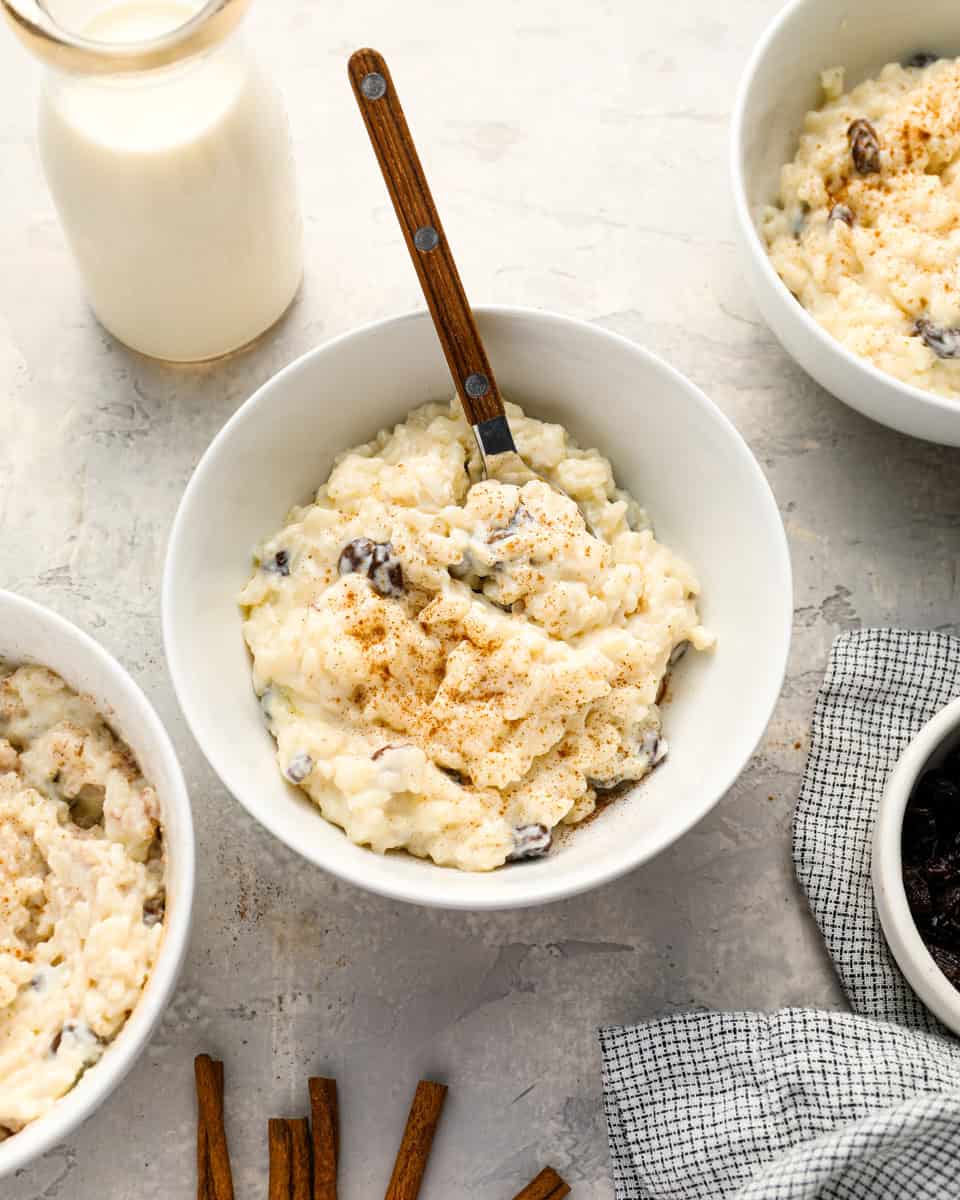
Pin this recipe for later!
Pin ItEasy Rice Pudding Recipe
This classic rice pudding is so simple to make, with a handful of pantry staples, it’s the kind of recipe you can whip up anytime a craving hits. It’s naturally gluten-free, rich and creamy, and brings that nostalgic, old-fashioned comfort with every bite. You can keep it traditional or make it your own—try swapping in different spices, dried fruits, or even a splash of coconut milk. Serve it warm for cozy vibes or chilled for a refreshing treat.
Tips for Success
- Rice pudding needs a little attention. I like to stay close by and give it frequent stirs to keep the rice from sticking or burning on the bottom of the pot.
- Use whole milk for that rich, creamy texture. I’ve tested it with other milks, but nothing beats the velvety finish that whole milk gives.
- If it thickens too much as it cools (and it probably will), just stir in a splash of milk to loosen it back up. I do this every time I reheat leftovers—it works like a charm.
Rice Pudding

Ingredients
- 1 cup uncooked long-grain white rice
- 4 cups whole milk
- 1/3 cup sugar
- ¼ cup raisins optional
- 1 3-inch cinnamon stick optional
- 1/4 teaspoon salt
- 1 tablespoon butter
- 1 teaspoon vanilla extract
Video
Instructions
- In a large saucepan, stir together the rice, milk, sugar, raisins, cinnamon stick, and salt.1 cup uncooked long-grain white rice, 4 cups whole milk, 1/3 cup sugar, ¼ cup raisins, 1 3-inch cinnamon stick, 1/4 teaspoon salt
- Bring the mixture to a boil, stirring often so the rice does not stick to the bottom of the pot. Reduce to a simmer and cook uncovered, stirring occasionally, until the rice is tender, about 20-25 minutes.
- Remove from the heat and stir in the butter and vanilla extract. Remove and discard the cinnamon stick. Serve warm and enjoy!1 tablespoon butter, 1 teaspoon vanilla extract
Becky’s Tips
- For a dairy-free version, use non-dairy milk and skip the butter.
- Don’t rinse the rice. You want the starch to add to the creamy texture of the pudding.
Nutrition information is automatically calculated, so should only be used as an approximation.
How to Cook Rice Pudding Step by Step
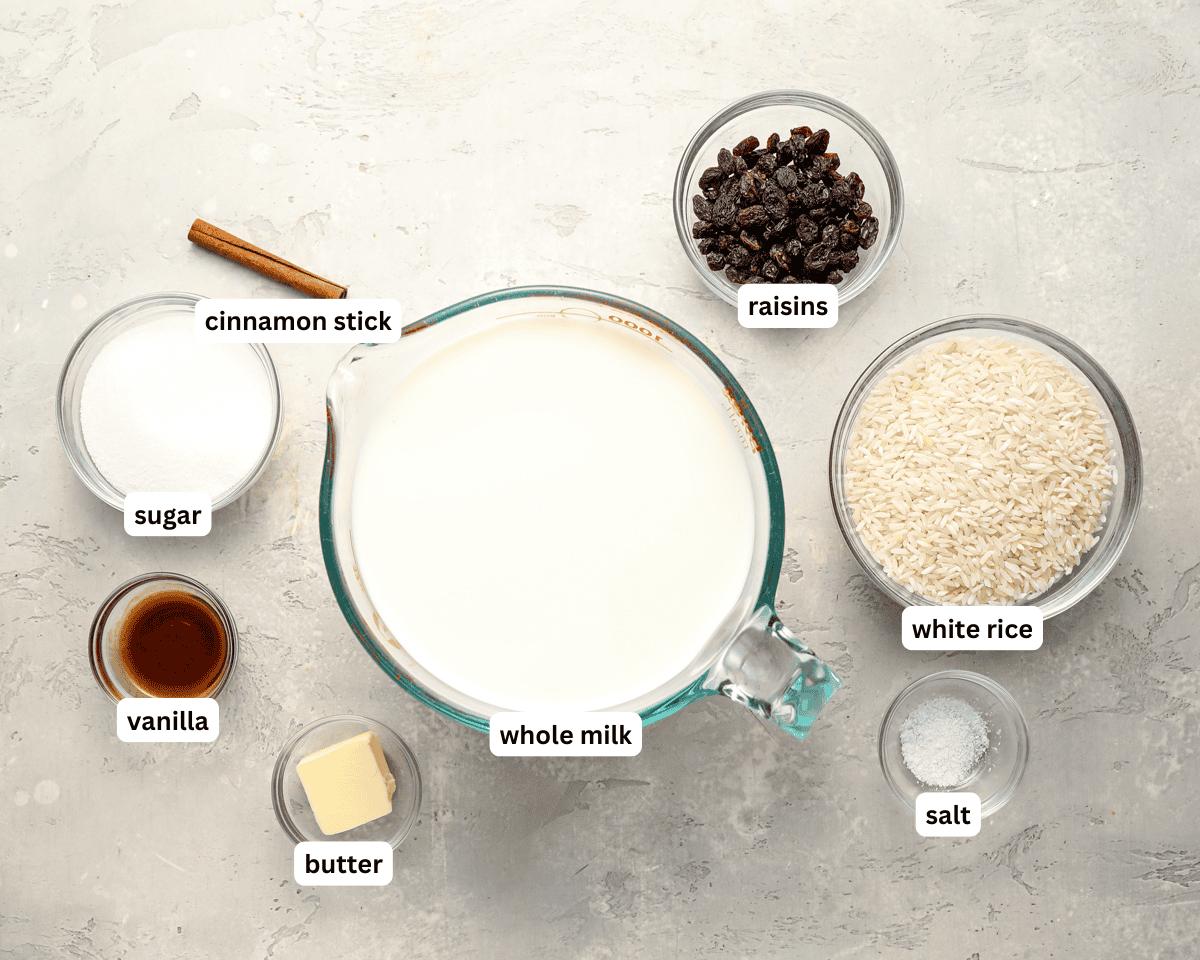
Gather all the ingredients together.
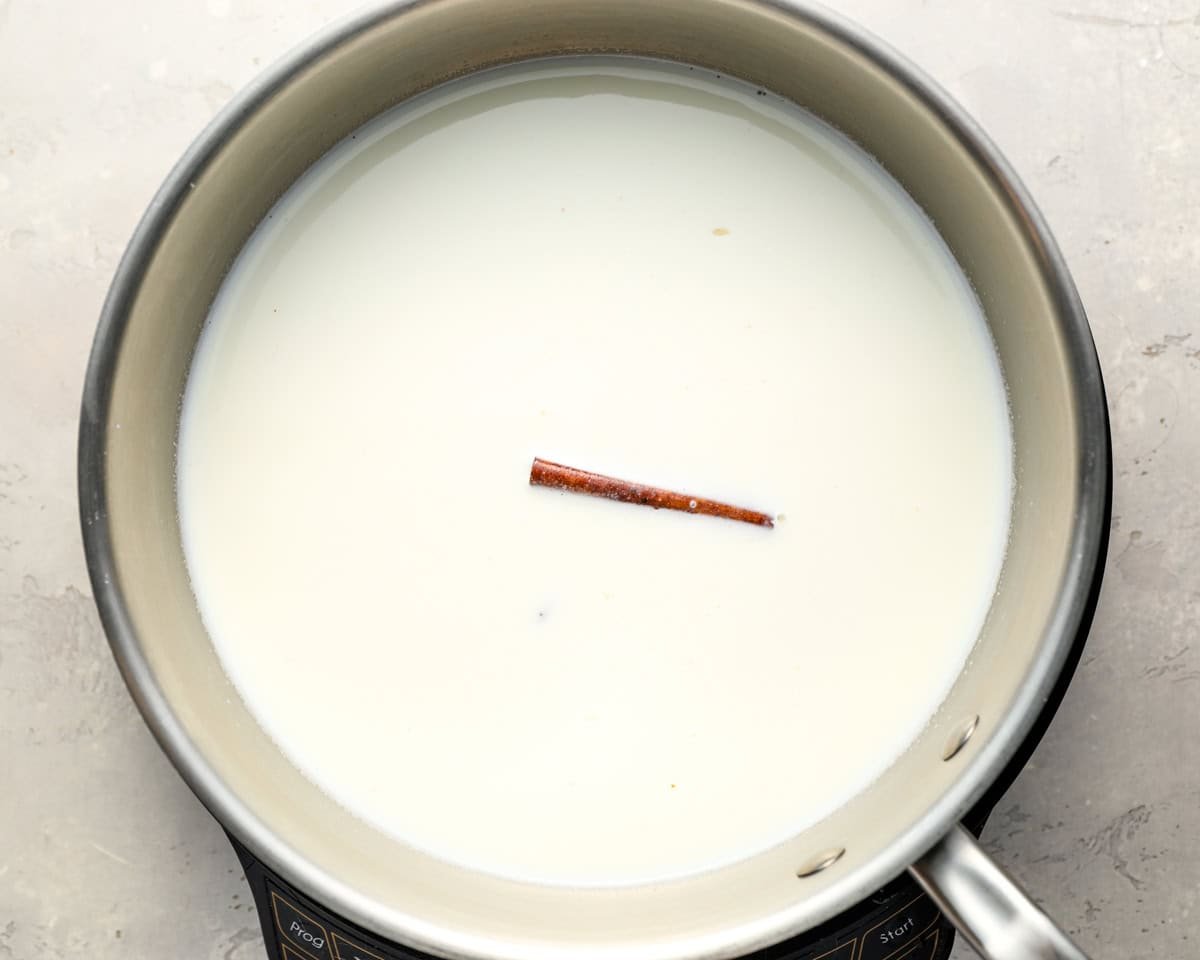
Combine the ingredients: In a large saucepan, mix together 1 cup uncooked long-grain white rice, 4 cups whole milk, ⅓ cup sugar, ¼ cup raisins (optional), 1 3-inch cinnamon stick (optional), and ¼ tsp salt.
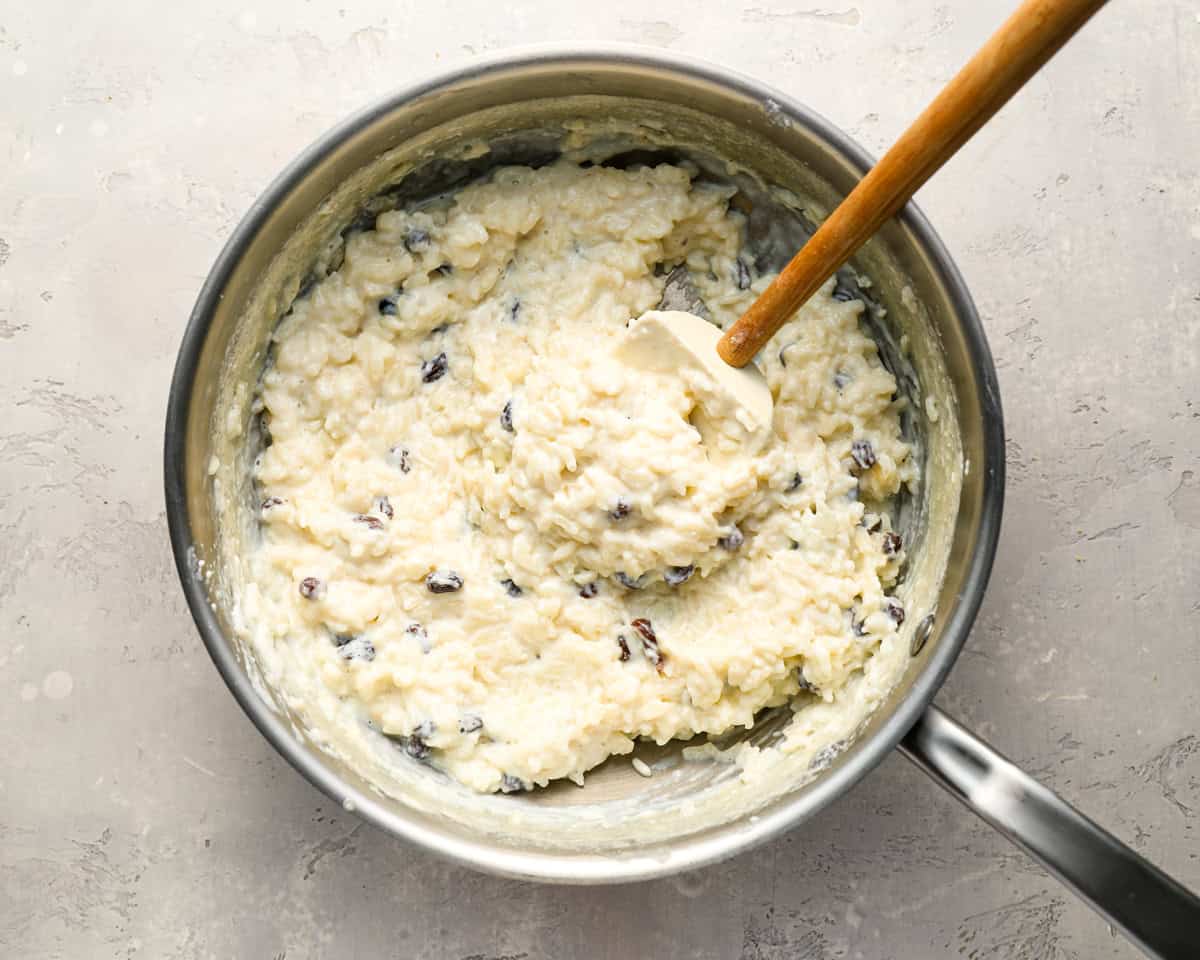
Boil the rice: Bring the mixture to a gentle boil, stirring often to keep the rice from sticking to the bottom. Once it starts bubbling, reduce the heat to a simmer and cook uncovered for about 25 minutes, stirring regularly, until the rice is soft and the pudding has thickened.
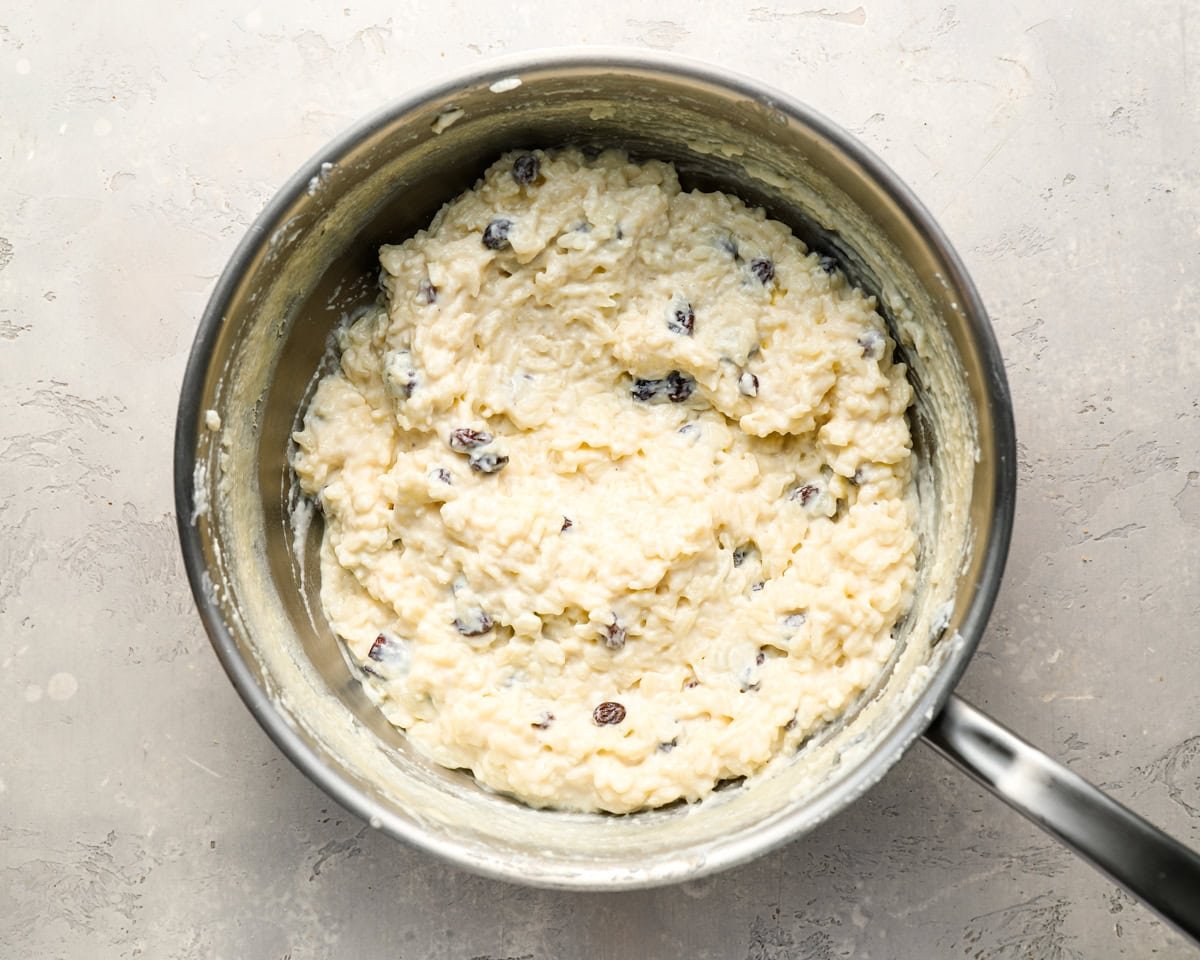
Add the butter and vanilla: Take the pan off the heat and stir in 1 tbsp butter and 1 tsp vanilla extract. Remember to remove and discard the cinnamon stick before serving.
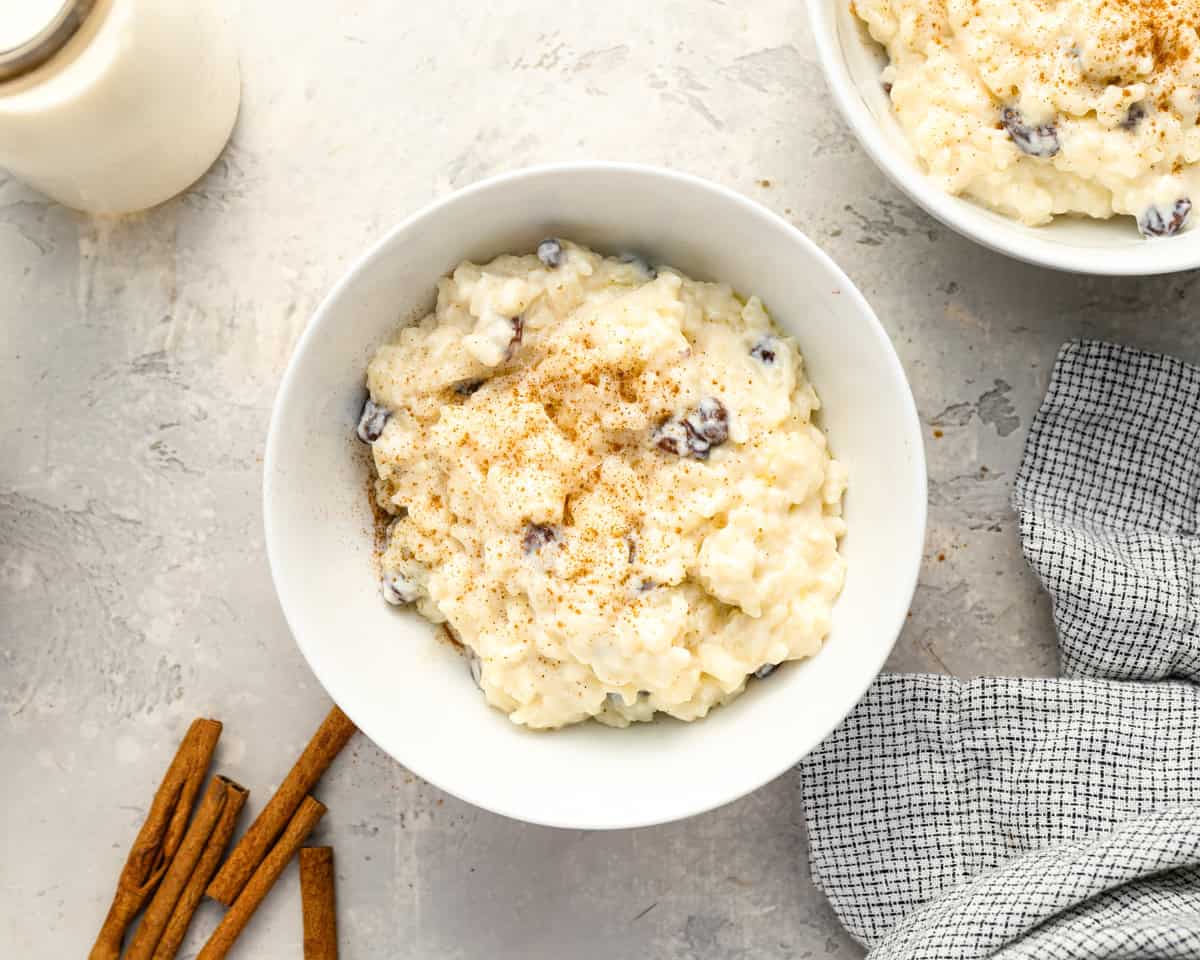
Serve and enjoy: Serve while warm or serve cold for a refreshing treat. Enjoy!
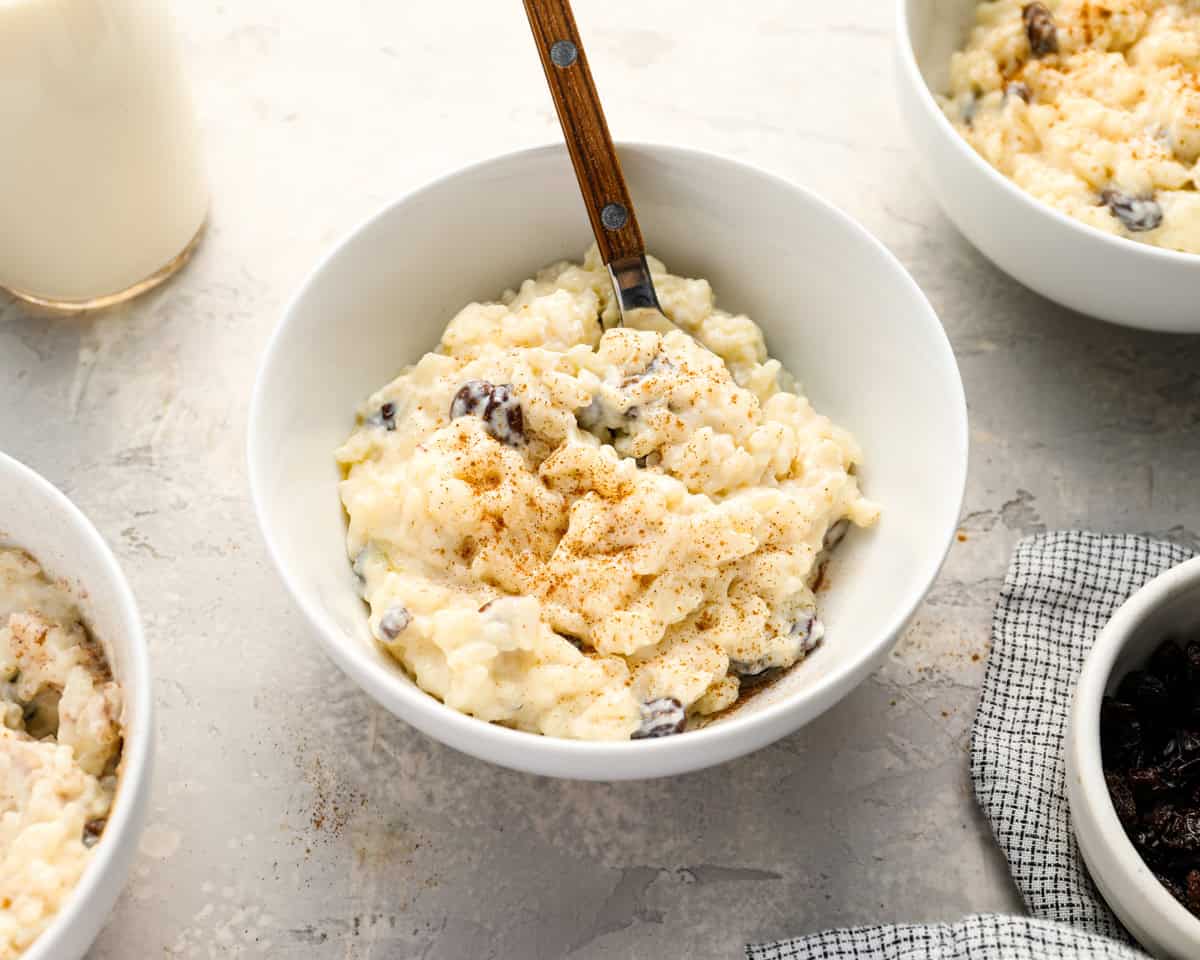
How to Store and Reheat
Store any leftover rice pudding in an airtight container in the fridge for up to 4 days. When you’re ready to enjoy it again, reheat it gently on the stovetop over low heat, adding a splash of milk to bring back that creamy texture. I don’t recommend freezing it, as the texture can become grainy once thawed.
Serving Suggestions
Rice pudding is delicious on its own, but a few simple toppings can take it to the next level. I love sprinkling a little extra cinnamon or nutmeg on top for added warmth, or adding fresh berries for a pop of color and brightness. My secret topping is adding some crumbled snickerdoodle cookies on top, yum! Chopped nuts like pistachios or almonds also add a nice crunch. Serve it warm when you want something cozy and comforting, or chill it for a cool, creamy treat—both ways are equally satisfying.
